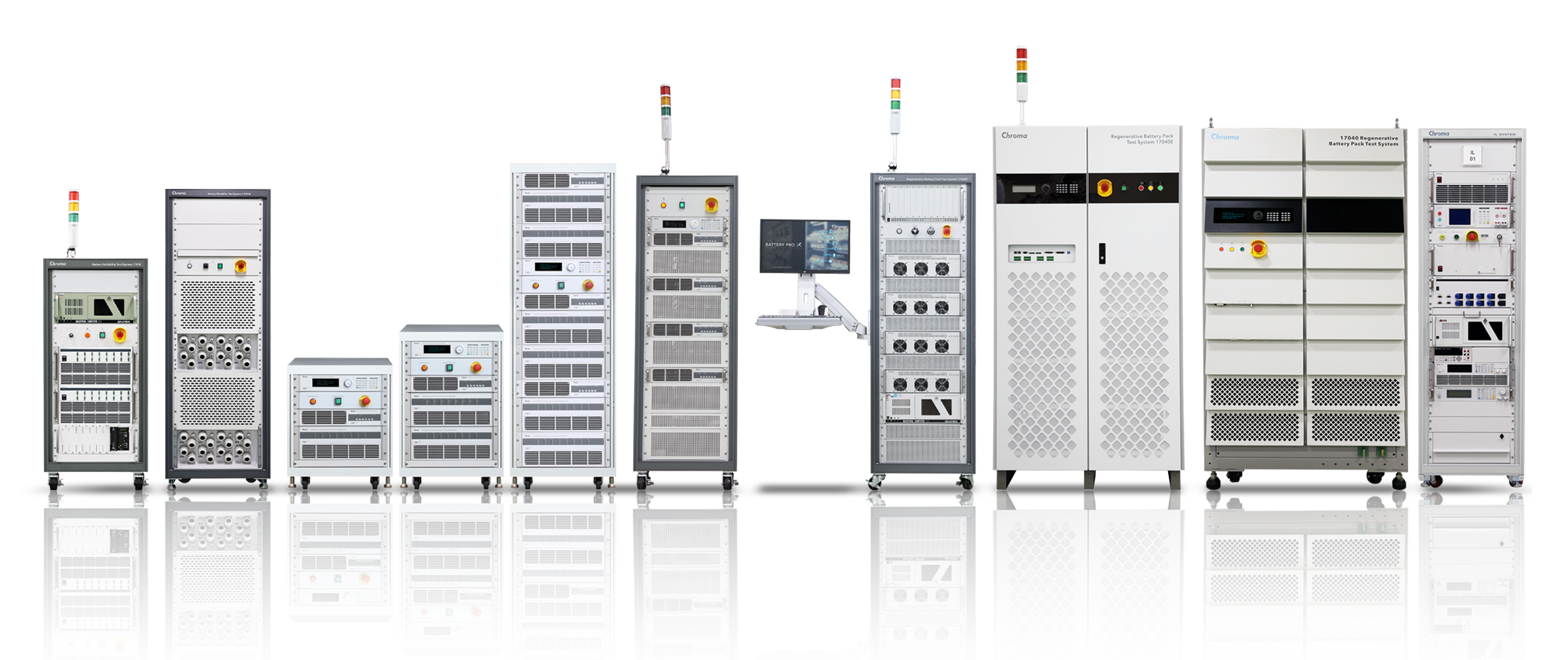Every great idea needs the right support to go the distance.
That’s why Chroma is excited to back the University of Michigan Solar Car team as they take on the challenges of solar racing. Together, we’re helping drive the future forward—one mile at a time.

